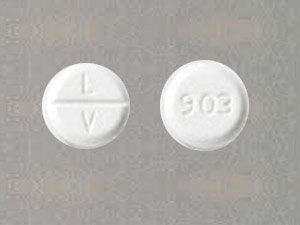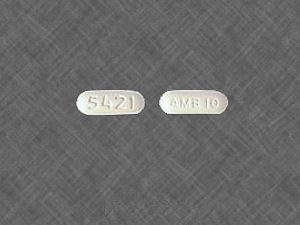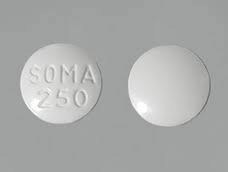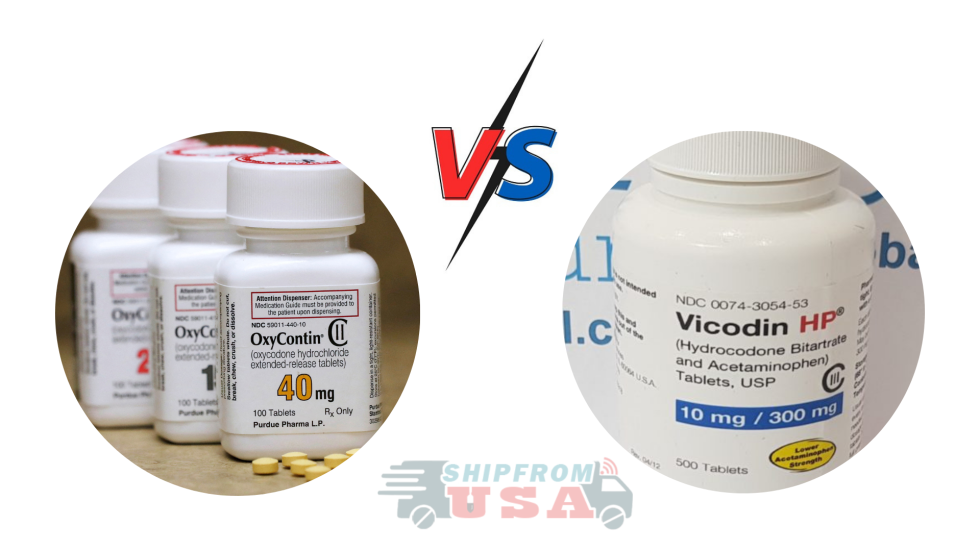Category
- Buy Hydrocodone Online
- Buy Adderall Online
- Buy Adipex Online
- Buy Alprazolam Online
- Buy Ambien Online
- Buy Ativan online
- Buy Carisoprodol Online
- Buy Clonazepam Online
- Buy Codeine Online
- Buy Darvocet Online
- Buy Demerol Online
- Buy Diazepam Online
- Buy Dilaudid Online
- Buy Fioricet online
- Buy Gabapentin Online
- Buy Hydromorphone Online
- Buy Klonopin Online
- Buy Lexapro Online
- Buy Lorazepam Online
- Buy Lorcet Online
- Buy Lortab Online
- Buy Meridia Online
- Buy Methadone Online
- Buy Modafinil Online
- Buy Norco Online
- Buy Opana ER Online
- Buy Oxycodone Online
- Buy Oxycontin Online
- Buy Percocet Online
- Buy Phentermine Online
- Buy Roxicodone Online
- Buy Soma Online
- Buy Suboxone Online
- Buy Subutex Online
- Buy Tapentadol Online
- Buy Tramadol Online
- Buy Valium Online
- Buy Viagra Online
- Buy Vicodin Online
- Buy Vyvanse Online
- Buy Xanax Online
- Buy Zolpidem Online
Festive Offers
Use Coupon Code SALE10
Recent Post
- What are the Risks of Buying Prescription Drugs Online
- Humira: A Comprehensive Guide to the Popular Arthritis Medication
- Mydayis: The Ultimate Solution for ADHD
- Can you give your Dog Xanax for Fireworks
- How many mg is White Xanax Bar have?
- How to overcome Anxiety and Panic attacks?
- What is Ativan used for?
- What are Alprazolam and its side effects?
- Difference between Ativan vs. Valium
- What is the Difference Between Dilaudid and Oxycodone?
Categories
- Adderall (2)
- ADHD (3)
- anxiety (11)
- chronic pain (8)
- depression (11)
- eye health (1)
- Health News (101)
- Insomnia (6)
- pain (13)
- pain medication (10)
- Psoriasis (1)
- skin disease (1)
- Weight management (1)
Viewed Products
-
 Codeine 30mg
$337.00
Codeine 30mg
$337.00
-
 Ambien 10mg
$359.00
Ambien 10mg
$359.00
-
 Soma 250mg
$327.00
Soma 250mg
$327.00

OxyContin and Vicodin are similar to other drugs that are opioid narcotics, for example, fentanyl, methadone, and morphine. Both OxyContin and Vicodin are common prescription medicines to treat moderate to severe pain. However, Hydrocodone can also be prescribed to treat fever, inflammation, and cough. OxyContin and Vicodin are both opioid medications with a high potential for addiction. Vicodin and OxyContin are so similar that there are no specific symptoms that will reliably differentiate Vicodin from OxyContin’s effects.
What is Vicodin, and how does it work for pain relief?
Vicodin is a combination of the pain medications hydrocodone and acetaminophen. It is commonly used to treat moderate to severe pain. One must take it orally. Vicodin is a brand-name pain reliever that changes your perception of pain and emotional response to pain. The Hydrocodone component in Vicodin is a synthetic opioid that activates the same neurotransmitters as opiate drugs like Heroin.
The generic name of Vicodin is hydrocodone bitartrate and acetaminophen tablets. People commonly use Vicodin for its pain-relieving effects. Hydrocodone minimizes your reaction to pain and produces feelings of lightheadedness and euphoria in some individuals. These feelings often create Vicodin’s potential for addiction and misuse. For the most part, Vicodin should only be prescribed to treat short-term or acute pain caused by surgery or an injury. However, in some cases, Vicodin may be prescribed to treat long-term or chronic pain due to conditions such as arthritis.
The average half-life of Vicodin is 3.9 hours. When people have an addiction to Vicodin, they start to feel withdrawal symptoms around six to twelve hours after their previous dose. These effects peak at around the 48- to 72-hour mark.
What is Oxycontin?
OxyContin is a powerful medicine used for relieving extreme pain, and it reacts by working on your brain to change your body’s reaction to pain or inflammation. It changes the way you feel pain. Oxycontin is a long-acting form of Oxycodone. Oxycontin releases Oxycodone slowly and continuously over twelve hours and only requires to be given two times a day. You may take Oxycontin for chronic or long-term pain. Oxycontin must only be considered in people with chronic severe pain who have already found a trial of Oxycodone beneficial.
How are they different- Oxycontin vs. Vicodin?
- OxyContin is a potent opioid narcotic pain killer (analgesic), while Vicodin is a combination of two drugs, acetaminophen (or Tylenol) and Hydrocodone (a powerful narcotic pain reliever).
- Doctors usually prescribe OxyContin to manage pain severe enough to need daily, around-the-clock, long-term treatment with a narcotic, and for which alternative treatment options are not adequate for the relief of moderate to severe pain. Vicodin (Hydrocodone and acetaminophen) is generally prescribed to relieve mild to moderately severe pain. One can also use Vicodin as a cough suppressant.
- Vicodin (Hydrocodone and acetaminophen) is generally prescribed to relieve moderate to moderately severe pain. Vicodin can also be used as an antitussive. OxyContin is a strong narcotic pain-reliever and cough suppressant similar to codeine, morphine, and Hydrocodone. The precise mechanism of action isn’t known but may involve the stimulation of opioid receptors in the brain.
The difference in the mechanism of work of Vicodin and OxyContin
- OxyContin doesn’t eliminate the sensation of pain but reduces discomfort by increasing the tolerance to pain. In addition to the tolerance to pain, OxyContin also causes depression of respiration and sedation.
- Whereas, Hydrocodone (in Vicodin) blocks the receptors on nerve cells in the brain that give rise to the sensation of pain. Acetaminophen component of Vicodin is a non-narcotic analgesic (or pain reliever) and antipyretic ( i.e., fever reducer). Acetaminophen acts by elevating the threshold to pain, i.e., for the pain to be felt, greater stimulation of the nerves responsible for the sensation of pain will be necessary. The Acetaminophen component of Vicodin reduces fever through its action on the temperature-regulating center of our brain.
Benefits of Oxycontin and Vicodin
Both these opioid drugs work as pain relievers (narcotic analgesics) and cough suppressants (antitussives). Vicodin also provides an added benefit as a fever reducer (antipyretic).
Which is safer, Vicodin or OxyContin?
According to studies, the combination of OxyContin and Acetaminophen is 1.5 times more potent than Vicodin (Hydrocodone with Acetaminophen) when you take them at equal doses for pain relief. We can say that Vicodin is safer than Oxycontin due to its relative potency. However, opioids, in general, carry the risk of severe side effects, which we shall discuss further in this article. Typically, both OxyContin and Vicodin effectively ease chronic and acute pain. They both cause pretty similar side effects. The differences between OxyContin and Vicodin are minimal.
Therefore, the best way to pick which medication is right for you is by having a conversation with the doctor. Based on your personal medical history, the doctor will weigh the pros and cons of the two drugs. Some medical professionals and researchers find that Vicodin is less potent than OxyContin.
Doses of Oxycontin and Vicodin
Oxycontin
For adults:
Extended-release tablet strengths: 10 milligrams, 15 milligrams, 20 milligrams, 30 milligrams, 40 milligrams, 60 milligrams, 80 milligrams
You can take it every 12 hours for pain relief.
For children- Safety and effectiveness must be determined by the doctor.
Vicodin dosage
The usual dosage of Vicodin (Hydrocodone and acetaminophen) for adults is 1 to 2 tablets or capsules (Hydrocodone 2.5 to 10 milligrams; acetaminophen 300 to 750 milligrams) every 4 to 6 hours or 15 mL of liquid every 4 to 6 hours as required.
Warning signs of OxyContin and Vicodin
- People who misuse OxyContin and Vicodin can become anxious and confused. Seizures and convulsions can happen, and a slowed heartbeat may also develop. Severe misuse of the drugs may result in coma or death.
- Still, addiction to these medications may be tough to break because of withdrawal.
- Sometimes, you can experience withdrawal symptoms from OxyContin and Vicodin even when used correctly. Signs of Vicodin and OxyContin withdrawal usually are not life-threatening. However, they could be unpleasant.
- Initial withdrawal symptoms include anxiety and agitation, runny nose, insomnia, yawning, chills, muscle aches, and sweating. More severe symptoms include diarrhea, nausea, vomiting, cramps, muscle pain, or bone pain.
- The time it will take for the signs of OxyContin and Vicodin withdrawal to begin varies from person to person. Both temporary and long-term use of Vicodin and OxyContin can cause symptoms.
Side effects of OxyContin and Vicodin
Vicodin and OxyContin are chemically pretty similar, and both belong to the opioid class of medications. This means that the effects of an OxyContin high are very similar to those of a Vicodin high. Some possible side effects that both the drugs share are nausea and vomiting, dry mouth, hives, changes in heartbeat, trouble breathing or swallowing, and swelling of the face, lips, and tongue.

Leave a Reply